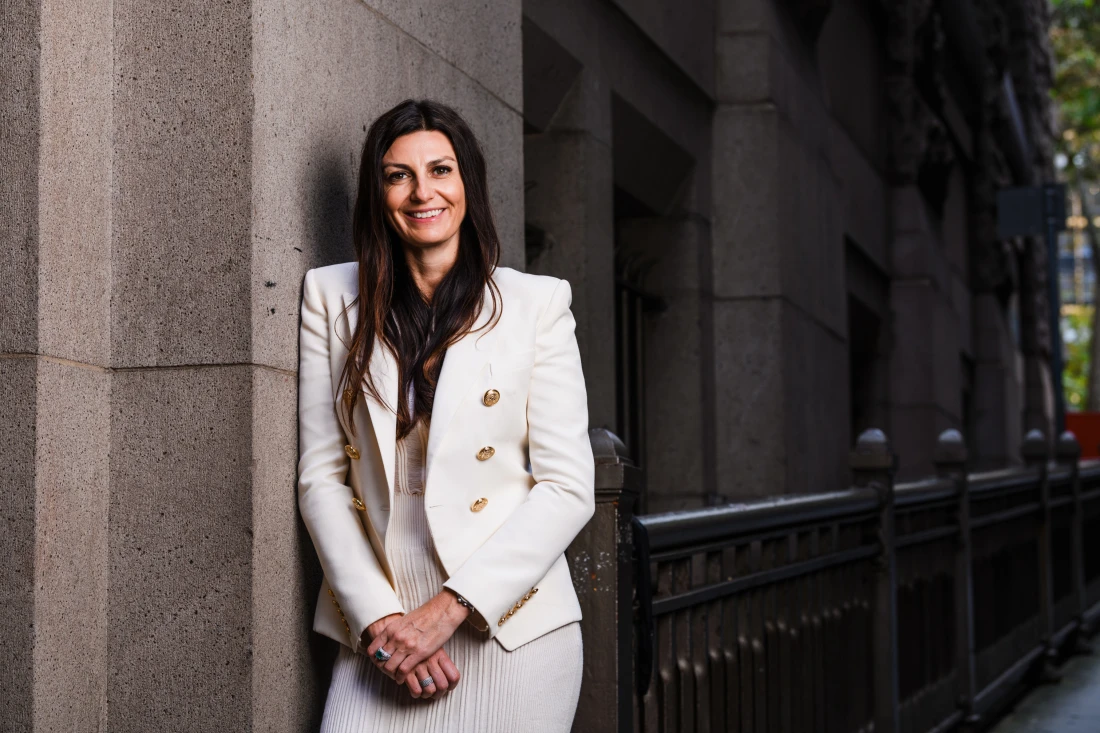Planning for retirement in your 30s might not sound exciting, but it’s one of the smartest financial moves you can make. While your peers may be focused on career milestones, starting families, or traveling the world, setting up a solid retirement plan can put you years ahead financially.
The best part? You don’t need to be wealthy to start — just consistent. Let’s break down exactly how you can build a retirement strategy in your 30s that future-you will thank you for.
Why Your 30s Are a Game-Changer for Retirement Planning
Your 30s are the sweet spot — you’re likely earning more than you did in your 20s, and time is still on your side. The earlier you start, the more time your money has to grow through compounding interest.
Let’s say you start saving $300/month at age 30. By the time you’re 65 (assuming a 7% annual return), you’d have around $500,000+. If you wait until 40 to start? You’d end up with half that amount — just by delaying a decade.
In short: your 30s offer the perfect balance of income + time, and those two ingredients are gold in retirement planning.
Step 1: Set Clear Retirement Goals
Before diving into numbers, ask yourself:
- When do I want to retire?
- What kind of lifestyle do I envision?
- Will I travel, downsize, start a small business?
Your goals determine how much you’ll need to save. Retirement isn’t one-size-fits-all. Some may dream of a beachside cottage, others just want to live comfortably without financial stress. Start with a vision — the numbers will follow.
See more: Holistic Financial Planning Services from a Sydney Financial Advisor
Step 2: Calculate How Much You’ll Need
A general rule is to aim for 70–80% of your current income per year in retirement. If you make $60,000/year, you’d aim for about $45,000/year post-retirement. Multiply that by the number of years you expect to be retired (say, 25–30 years), and you’ll get a rough target.
Use online retirement calculators to plug in your income, savings, and retirement age to get a more customized estimate. Fidelity, Vanguard, and NerdWallet all offer free tools that are beginner-friendly.
Step 3: Open the Right Retirement Accounts
Now that you’ve got a goal, it’s time to build the foundation. Here are the top retirement savings tools for people in their 30s:
✅ 401(k)
If your employer offers one, use it — especially if there’s a match. A typical match might be 50% of what you contribute, up to a certain limit. That’s free money. If you earn $60K/year and contribute 6% ($3,600), with a 50% match, your employer adds $1,800. Boom — you just made $1,800.
✅ Roth IRA
A Roth IRA lets you contribute after-tax income, but withdrawals during retirement are tax-free. This is great for 30-somethings, as you’re likely in a lower tax bracket now than you will be at retirement. The 2025 contribution limit is $6,500/year (or $7,500 if you’re over 50).

✅ Traditional IRA
This is another retirement account, but unlike the Roth, contributions are pre-tax, reducing your taxable income now. Taxes are paid when you withdraw during retirement.
✅ Brokerage Accounts
Already maxing out your 401(k) and IRA? A regular investment account can supplement your savings and gives you more flexibility, though it lacks tax advantages.
Step 4: Embrace the Power of Compound Interest
Compound interest is like a money snowball. The longer your money sits and earns interest, the more that interest earns interest.
Example:
You invest $10,000 at 7% interest.
- After 10 years: $19,672
- After 20 years: $38,697
- After 30 years: $76,122
That’s your money doing the heavy lifting. Time is your best friend here.
Step 5: Automate Your Savings
Consistency beats perfection. Set up automatic monthly transfers to your retirement accounts. When it happens in the background, you’re less likely to skip a month.
Start with whatever you can afford — even $200/month is better than nothing. As your income grows, increase your contributions. A good target is to save 15% of your income for retirement.
Step 6: Diversify Your Investments
Don’t put all your eggs in one basket. A diversified portfolio spreads risk across stocks, bonds, and other assets. In your 30s, you can afford to take more risk, so most of your portfolio can be in stocks (which have higher returns over time).
Consider target-date funds if you’re unsure — they adjust automatically as you age.
Common Mistakes to Avoid
Let’s make sure you don’t fall into these common traps:
- Waiting too long to start saving — every year counts.
- Ignoring employer matches — that’s free money left on the table.
- Cash hoarding — money sitting in a savings account loses value to inflation.
- Not revisiting your plan — life changes, and so should your strategy.
- Putting off budgeting — it’s hard to save without knowing where your money’s going.
Retirement Planning Is a Long Game — Start Now
It’s easy to think of retirement as something far off, but the truth is: the earlier you start, the less you’ll have to stress later. Planning in your 30s sets the stage for a stress-free, financially secure future.
You don’t need to be perfect. Just be consistent.
Final Thoughts & Call to Action
Retirement planning in your 30s is all about momentum. Small decisions today can grow into massive results decades later. Start with clear goals, use the right accounts, automate your contributions, and check in regularly.
Ready to get started?
Open that 401(k) or Roth IRA today. Even a small step can lead to big rewards later. Future-you will be so glad you did.

